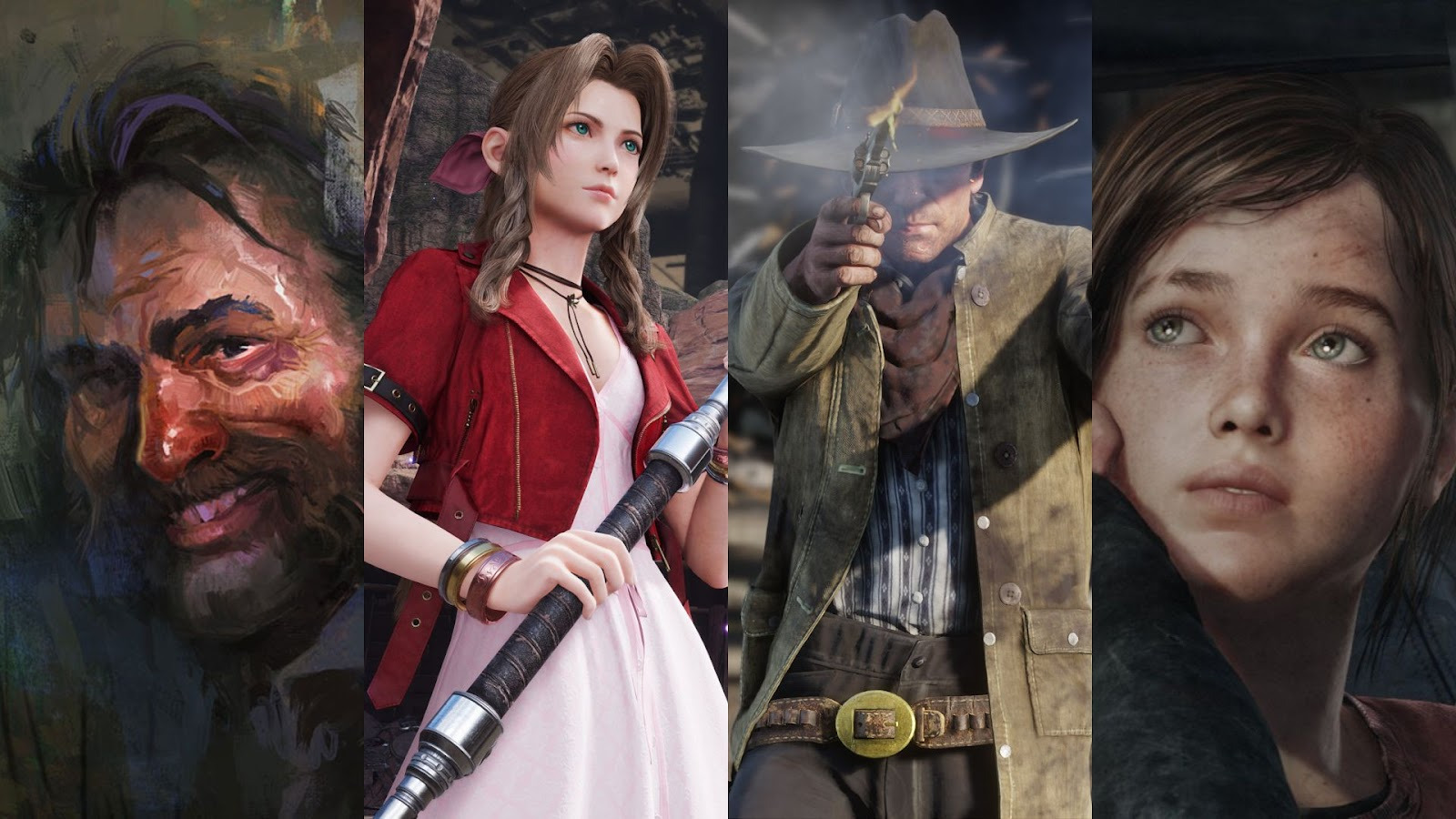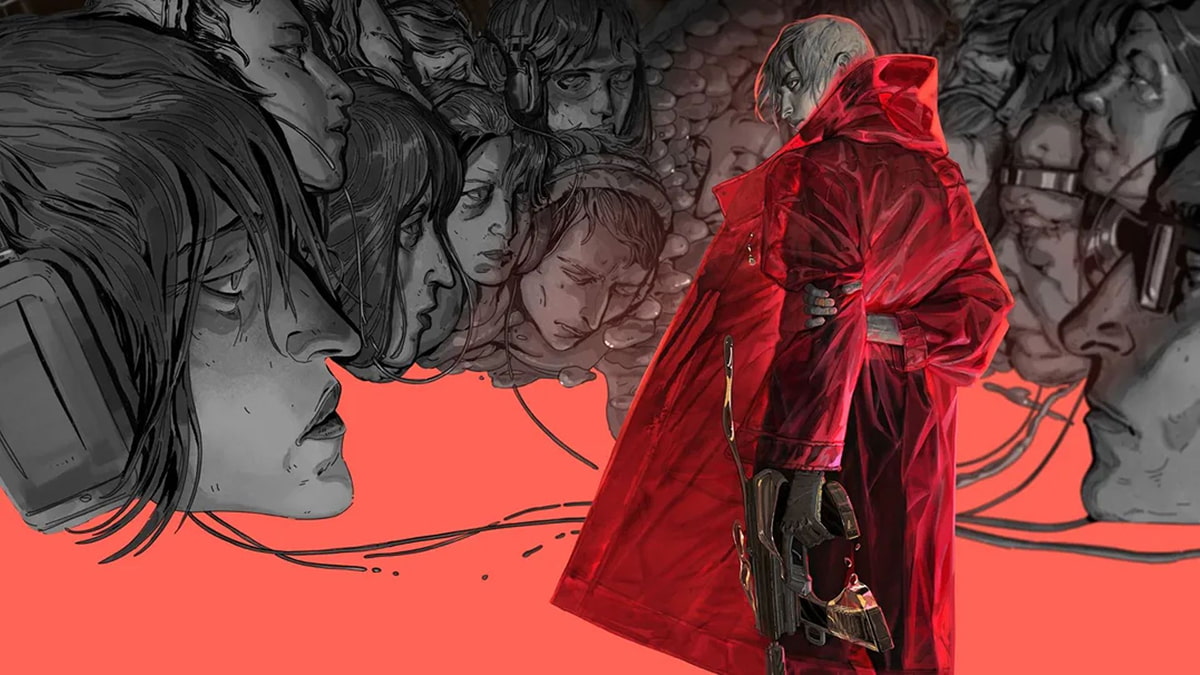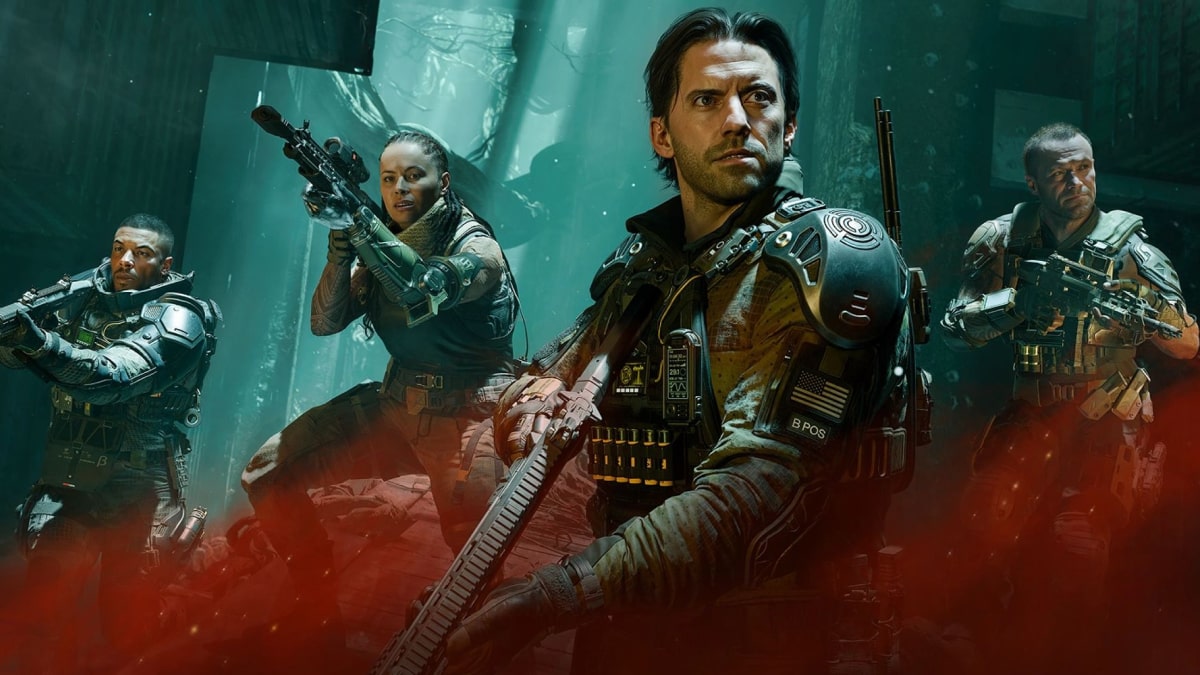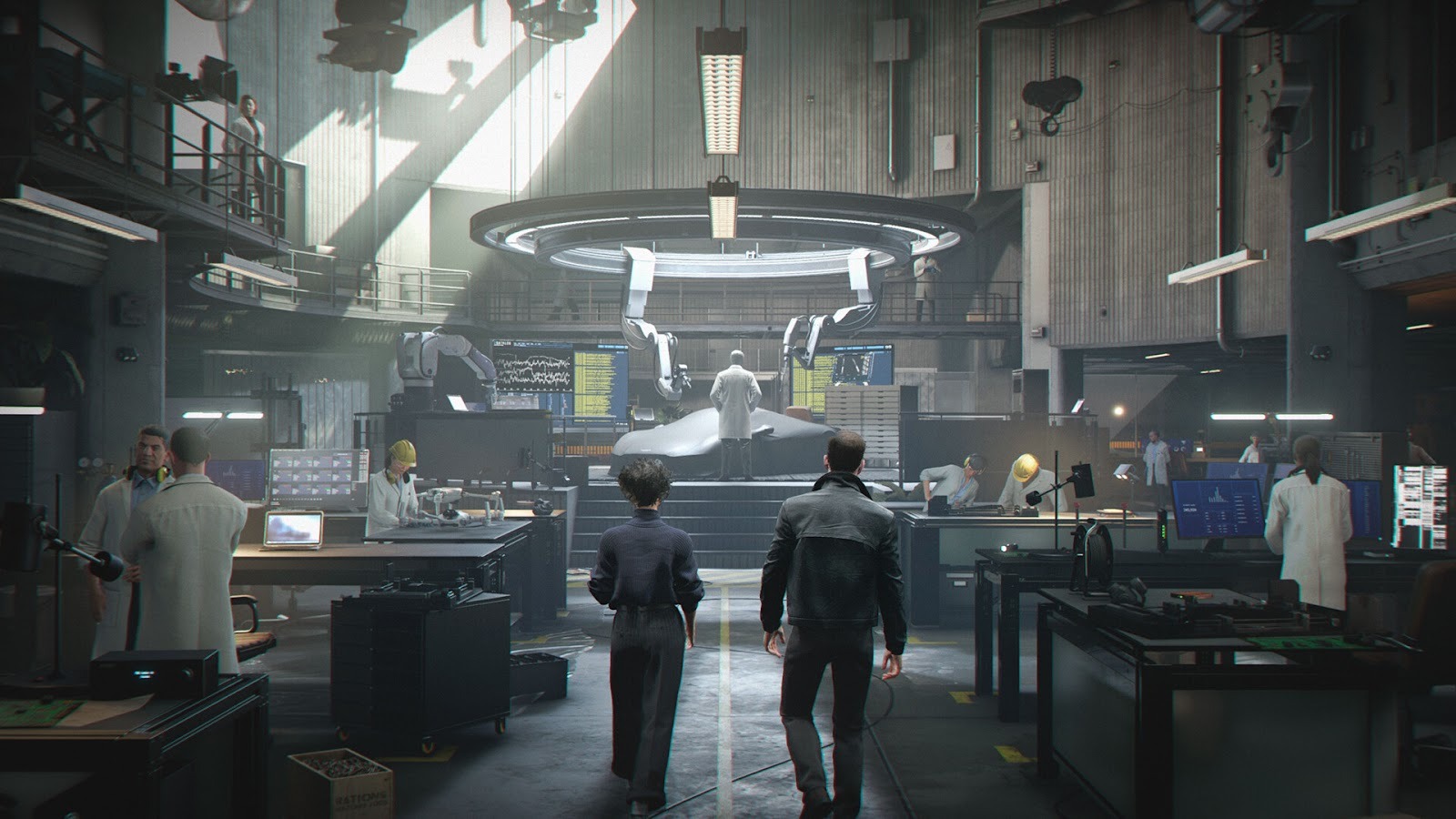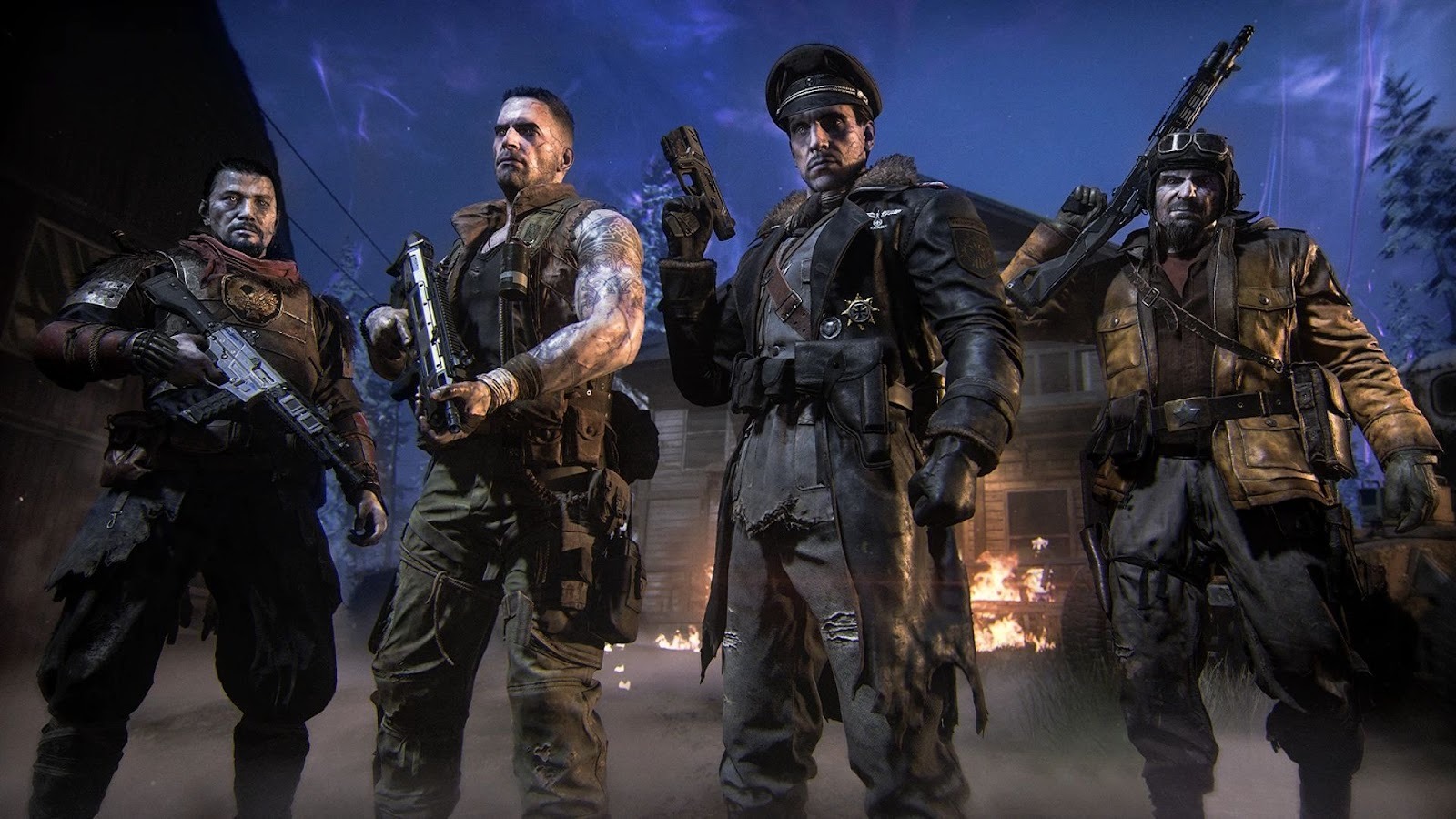You can trust VideoGamer. Our team of gaming experts spend hours testing and reviewing the latest games, to ensure you're reading the most comprehensive guide possible. Rest assured, all imagery and advice is unique and original. Check out how we test and review games here
No drunken punch up then
This month’s ELSPA International Games Summit, an event your humble reporter was privileged enough to attend, promised so much. A cursory glance down the planned day one schedule would have pricked the ears of even the most down beat of game hacks. First up, Microsoft’s Peter Moore, with a keynote waxing lyrical about all things 360. Second up, Sony’s European chief David Reeves, with a presentation very much centred on the here and now.
/https://oimg.videogamer.com/images/1944/reevescrop.jpg)
So, you might have expected a bit of bitchin’, even in a polite way. But alas, both keynotes were woefully unforthcoming. Sure, Peter Moore said he expected the 360 to sell 10 million within 12 to 16 months of its launch to give it a healthy first mover advantage over Sony’s PS3, and he previewed a real in-game demo of what we can expect from the 360, an obvious dig at the questionable Killzone 2 trailer at E3.
And sure, Reeves said Sony were very much interested in the PS2 and PSP, and downplayed the importance of rushing to the next-gen. But it was all handbags rather than great dirty samurai swords. Not what we in the trade call scintillating copy.
But we did get some useful tit-bits out of the two day conference. Reeves explained to the audience the reason why European gamers always get their hardware and software last (localisation issues, regulatory problems) and even went so far as to say he liked it that way, because any bugs can be ironed out after Japanese launches, and it ensures a healthy line up of games for day one.
Fair enough, but there are some important considerations Mr Reeves casually omitted from his speech. History tells us we still get crappy hardware, and the first generation PS2s released in the UK confirm this. I don’t see anyone laughing about the PSP either. We’re not going to get some super version of the hardware nearly a full year after the Japanese have been enjoying Ridge Racer.
/https://oimg.videogamer.com/images/e87a/petermoore.jpg)
But, if we have to wait, fine. I can accept that. Patience is, they say, a virtue. But what I can’t understand is Sony’s current pursuit of import sellers of the PSP. I mean who are they actually harming? Reeves told delegates at the conference that he had written over 600 letters to PSP sellers on eBay in an effort to clamp down on it getting into Europe prior to September 1st. Let’s be honest, the importers of the PSP are a small hardcore, a fraction of the number Sony hope will buy the handheld. If anything, these people generate hype for the machine when they tell their friends about that screen, and are seen on the tube playing it (not that I’ve seen a single person playing a PSP on the tube). Sorry Mr Reeves, but there’s no moral excuse for this.
But enough of the Reeves bashing, back to Mr Moore. Is ten million 360s sold by the time the PS3 is released in Europe a realistic target? It would be fantastic for them to do that, but I’m not so sure. Speak to any hardcore gamer, and they’ll probably get both, but speak to your average 16 year old spotty teenager from Tooting and his parents will only buy one next-gen console. With the installed base of the PS2 growing as we speak and with new games coming out for it every week, expect many to wait, or even not indulge in the next-gen party at all. Reeves is right to quell the hype – many gamers in Europe (remember Europe includes places like Croatia, Slovakia and Estonia, places where the PS2’s lifecycle is only around 10%) are still hanging on the next high profile release on the PS2, Xbox and GameCube with bated breath. Not everyone is hanging on the latest Revolution controller mock up.
Well duh…
But powerhouse publishers aside, ELSPA’s conference was the platform for a number of research project announcements. As my brain swelled under the pressure of a million different graphs, charts, tables and wavy lines, all I could think was… well, duh. I could have told you that, and it wouldn’t have taken me a year and a team of researchers to do it.
/https://oimg.videogamer.com/images/005a/jo_bryce.jpg)
First up, Dr Jo Bryce from the University of Central Lancashire told us that people don’t think there’s anything wrong with buying counterfeit software. Of course! If people viewed downloading software for free on the internet or choosing from a list of copied games a friend of a friend has printed off in the same way as walking into GAME and nicking a disk, it wouldn’t go on. It’s a complete no-brainer.
So, then, what’s the next step? Educate people so they realise it’s as morally corrupt as shoplifting? Forget it. It will never be viewed that way, simply because of the nature of the medium. A virtual file arrives on your hard drive at the click of a button. You buy a disk off a mate. These are actions incompatible with immoral beliefs. Any sixteen year-old living off of £30 a week EMA will choose a copied game over a £40 official release. No question.
But am I being harsh? As a PR friend told me at the event, this is the first time an academic has confirmed what we’ve always known before – that people buy copied games because they are cheap and nobody’s physically nicking anything out of a shop – and so it is a worthy exercise. But I can’t help but feel the time and energy would have been better served tracing the roots of game piracy, right back to the factories in Russia where hackers break games wide open and gangs distribute them all across Europe. If Dr Bryce’s research leads to this, then fair play. If not, it will be forever condemned to an ever growing pit of pointless game research.
Convinced as I was that the no-braniers would end there, imagine my surprise when another gem of sparkling statistical madness was revealed at the conference. Jurgen Freund, from Swiss firm Modulum, said parents ignore game ratings when buying software for their kids. OMG, really?
As anyone who’s ever bought a game in a shop before will attest, this has been going on for years. Parents still haven’t got that their 12-year-old son shouldn’t be playing Grand Theft Auto. For all the screaming headlines and ambulance chasing lawyers, they still don’t see games as a problem.
A long time ago, in a galaxy far, far away, I used to work in GAME. At the weekend, when parents would bring out their children and buy them the latest new release, it would often be carnage. If the parent even so much as squeaked a sound of disapproval, the child would kick off. So, to shut them up, along the parent would trot to the counter, 18-rated game in tow.
What follows is an actual experience of mine. The kid was with his mates, who had quite obviously all either had the game bought for them or had played the demo from a cover disk. He was really psyched about getting the first GTA on PS2. He brought it to the counter, notes in his pocket. I told him he was too young. He said he was going to get his parents. So he came back with them, a smirk on his little spotty face. His parents had been dragged away from whatever shop they were in, and didn’t look happy. They had to queue again as well. I knew what was coming.
They asked me if I had refused to sell the game to their son, and I said I did, based on the age rating and the fact that I can get fined £6000 and be locked up for doing it. They started shouting. “How dare I tell them how to raise their child?” they said. I said you shouldn’t let your kids play games that have an age rating, just like you wouldn’t let them watch a film with an 18-cert. They demanded to see the manager and made a complaint. They bought the game and, for a month or so, that kid was very happy.
So, everyone knows this. Everyone has witnessed this, either as a kid themselves conning their parents into letting them watch or play something they shouldn’t, or when queuing behind a parent. This is not a new phenomenon. There is no need for research to prove this.
So, what next? ELSPA is bending over backwards to please the moral majority and appease those who slander games. Soon, there will be no box-art, just a big fat red 18 screaming from every plastic case. ELSPA are being let down by publishers of crappy shock tactic games like Postal, and an inability to figure out how to educate parents so they stop being stupid.
So forget easy research that tells us what we already know. I want to see research that pins down what the industry needs to do to educate parents. I’m not saying I have all the answers, but an advert in between Coronation Street and Emmerdale wouldn’t be a bad start.
Buzz!
Buzz words – I hate them. Last year it was convergence. Year before it was consolidation. This year, it was a word not so convoluted, but no less powerful: growth. Everyone banged on about growing the audience for games. Girl gamers, lapsed gamers, casual gamers, blue gamers, green gamers, even gamers who don’t even know they’re gamers yet. All are coveted by game publishers like footballers in a London club. The question on everyone’s lips at the conference was, how do we do it?
Sony think their PSP will do it, by adding multimedia features aplenty. Microsoft think they will do it by making the 360’s online service as compelling as can be. Nintendo think they can do it because they have a game with dogs. What? That’s right, dogs.
/https://oimg.videogamer.com/images/b3c1/nintendogs_30.jpg)
Of all three, Nintendo have been banging on about innovation in games and attracting the non-gamer for ages, and seem to me to be getting it better too. At the conference, Nintendo’s David Yarnton, GM of Nintendo UK, brought to the attention of his audience, Nintendogs and Electroplankton, two games that show the DS appealing to those outside the traditional gaming demographic. It’s games like this that will bring in the casual gamer, games that innovate, not a pink version of FFXX. If the industry is to grow (and really, it has to double its audience over the course of the next generation to fund those ridiculous development costs), then Nintendo might sneak in the back door and surprise everyone.
Reading this, you’d be forgiven for thinking ELSPA’s annual International Games Summit was a waste of time. But that’s not true. It’s a step in the right direction, and provides an opportunity for the industry to get together and talk about how to bring gaming forward. It’s not often you get the heads of Sony, Microsoft and Nintendo all in one room having a drink and chatting. Well, you didn’t really get that at all. They were at least ten feet away from each other at all times.
This week’s new releases
A mammoth number of releases this week, and a surprising number of big games are amongst them. The big one, at least for PC gamers is Battlefield 2 from EA. The much anticipated proper follow-up to Battlefield 1942 should clean up at retail, especially if internet forums full of talk of the game are to be believed. It seems that everyone loves this game.
Microsoft has their last first-party release on the Xbox, with Rare’s Conker: Live and Reloaded. Despite not being as utterly brilliant as many people hoped it would be, the single player game is fun and the online team-based shooter that is included is surprisingly deep. We also have THQ’s Destroy all Humans on PS2 and Xbox, and Tekken 5 on the PlayStation 2.
More? You want more?? As if we are’t spoilt enough, you can also choose from Another Code on the DS, RollerCoaster Tycoon 3: Soaked! (the expansion pack) or even MX vs. ATV Unleashed. The latter being far more enjoyable than you might expect, earning a very respectable 7/10 on Pro-G. If you still aren’t satisfied, perhaps start thinking about another hobby.
- Animaniacs: Lights, Camera, Action! (GBA, DS)
- Another Code: Two Memories (DS)
- Battlefield 2(PC)
- Big Mutha Truckers 2: Truck Me Harder! (PS2, Xbox)
- Capcom Fighting Jam (Xbox)
- Conker: Live & Reloaded (Xbox)
- Conspiracy: Weapons of Mass Destruction (Xbox)
- Destroy All Humans (PS2, Xbox)
- Dynasty Warriors 5 (PS2)
- MX vs. ATV Unleashed (PS2, Xbox)
- RollerCoaster Tycoon 3: Soaked! (PC)
- Tekken 5 (PS2)
- The Settlers: Heritage of Kings Expansion Disk (PC)
